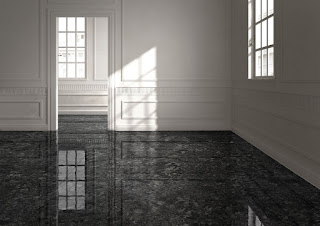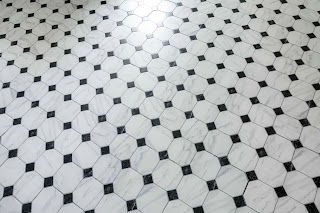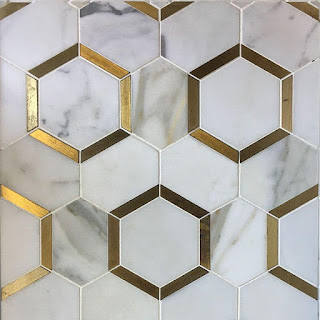Designing Restrooms with Grey Marble Hexagon Tile
Hexagon tiles have been in design since the nineteenth century making them as old as indoor pipes! Those were the days when most washrooms were fanatically white, given the new revelation of germs and the subsequent clean rage.
Little organization tiles - no bigger than 1" in width was the normal size for mosaic plans so that spaces would feel bigger than they were and thinking about that most washrooms were little utilitarian zones instead of spaces to quiet and unwind!.
The field of hexagon tiles would be left uncovered on the floors, however, at times, you'd see a controlled 'daisy' impact, a couple of hued tiles inside the white ones, or dark pencil trims to counterbalance the example on the floor.
Current hexagon tile alternatives have become a pattern nowadays, similar to this tile emphasize divider with our Textured Wooden Beige, grey marblehexagon tile and Glass Hexagon Mosaic Tile!As the quick moving universe of the inside plan changed, tile styles did as well. Indeed, even today, this exemplary honeycomb tile design keeps on enhancing homes and rouse plans, maybe more well-known than any time in recent memory!
Regardless of whether you're revamping an old farmhouse or overhauling your home with a smooth and present-day style, hexagon tiles designs are as yet a characteristic decision with regards to washroom plans.
On the double beautiful and utilitarian,
nostalgic and contemporary, enormous arrangement and little the present hexagon
tiles offer much more imaginative, fascinating and fun plan choices for your
home and restroom!
What
is the Hex Tile?
In straightforward terms, a hexagon is a
shape with six sides. From colonies and honeycombs to the basal segments called
the Giant's Causeway, this normally framing mathematical shape is in reality
surrounding us!
Hexagon
Tiles Have Changed Over Time
Since the time they initially picked up
prominence as little hexagons in white, tile-creators have ventured into
different measurements, shadings and materials.
Probably the greatest change was their
size. Even though the exemplary hexagon size we're comfortable with estimated
one-inch, the present hex tiles go as far as possible up to 12-inches! To
explain how to gauge a hexagon tile, hexagons must be estimated either from
side to side or from highlight point. Remember that the separation from the
highlight point is consistently the greatest estimation of the tile.




Comments
Post a Comment